
Five Ways to Start Being Force-Free, Fear-Free, & Stress-Free with Your Pets
I see you over there, looking all doe-eyed and giddy. You can’t stop smiling, you’re distracted from work, and barely want to see your friends anymore. You keep thinking about those big brown eyes, how peaceful they look when they sleep, and those ears you could just munch on! . Face it, you’re in love! And your love has four paws. Just like learning the love language of your romantic partner, your pets have their own way of communicating and understanding. Miscommunications in human-to-human relationships can lead to conflict. Miscommunications with pets often lead to fear that you might not even know it is there. We know that you don’t want your pet to fear you or any other humans. However, we are often not given/taught the skills, knowledge, or tools to engage with our pets in a way that creates a trusting relationship bond, rather than an “owner/master-subordinate” dynamic. Pet ownership can come with an onslaught of (mis)information. In the past, people were taught to use force and dominance to get what they want from their pets, believing one had to prove who was “in charge.” It’s just (unfortunately) how it's historically been done. Luckily, in the last few decades, there has been a revamped, science-based way of thinking about our relationship with our furry family members. Rather than making pets adapt to our world, veterinary experts, animal behaviorists and animal lovers started thinking of how we can adjust our own behavior to better suit our pets, creating a cohesive and trusting relationship, rather than needing to prove who is “boss.” In 2016, Dr. Marty Becker founded Fear Free Pets and, to be frank, we at Queenie’s PetsⓇ are obsessed with it. Have a new pet? Overwhelmed with all of the information out there? Don’t know whether to do “what has always worked” (we can talk about what it means to see something “work” in another post soon!) or what modern science has flipped on its head and proven? Fear no more! No matter what you have been taught about your pets to date, we are here to help you wade through the ocean of information. We are passionate about providing the service, tools, and knowledge that you need to be your best pet-loving self. Whether you are hearing about Force- Free, Fear-Free pet care for the first time, or you are well-versed in the concepts, this guide provides five simple and actionable steps to implement Fear-Free relationships today.
1. Stop “Command”ing, Start “Cue”ing
You may be shocked to learn that, in fact, dogs are not pack animals! They travel in loose groups - sometimes familial, sometimes not - and therefore, there is no such thing as a “pack leader.” We eschew this idea in the Fear-Free, Force-Free movement. Guess what? Your dog knows you’re the one in charge, because you’re the one who provides the food! That’s it. That’s all you need to prove it. So, instead of ‘barking’ out a “command,”, show your dog that you like the behavior s/he is already doing (they’ll all sit at some point!) and reward it! Dogs, much like people, respond so well to rewards. And, nope, a reward doesn’t have to mean food (though this is fantastic and encouraged….heck, I respond well when offered treats! Think of a pizza party at work…everyone comes to the break room, don’t they?!), And no, they can’t get spoiled from it. A reward can be anything that will make your dog feel joy. For example a quick tug-of-war, vocal praise with a happy tone, the squeak of a favorite toy, the toss of a ball, belly rubs-these are all great rewards. And yep,this can work for cats, too! The trick is figuring out what motivates them. One of our own favorite kitty rewards is the Egg-cerciser, which, in fact, can be self-rewarding. So, change your language and it might help change your thinking and actions: Stop “giving commands” and start giving/showing your pet “cues” as to what you want them to do/keep doing.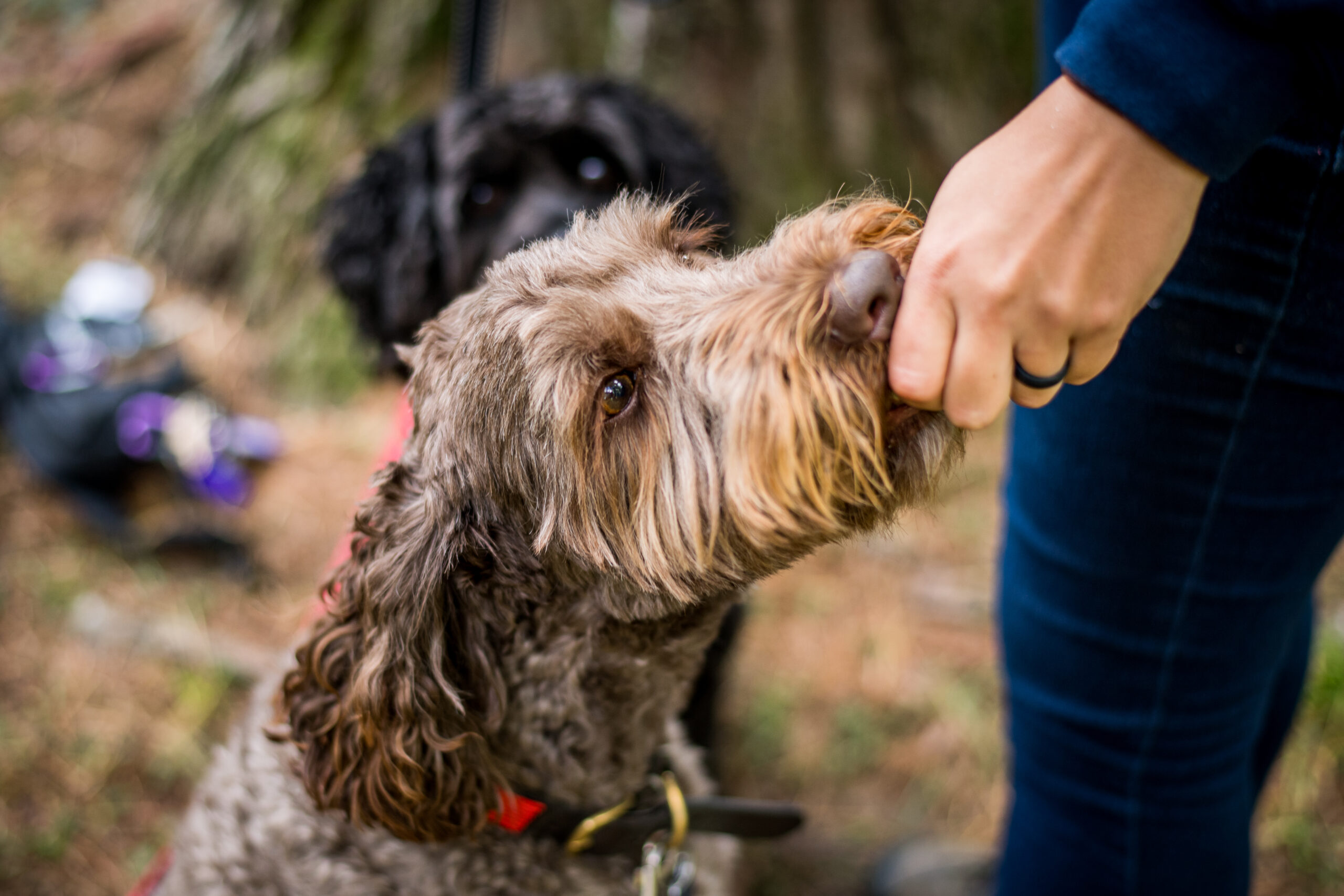
2. Stop saying “no”, start saying “how about…”
Your dog does something you don’t like. Maybe they’ve put your favorite left slipper in the toilet. Yikes. At this moment, it would be natural to say “No, George, No! No putting left slippers in the toilet!” The issue here is that George doesn’t understand the word no. “No” has no meaning to our furry pals. It’s a word they hear all day, every day, and in way too many contexts for a species that learns in context. Instead of negatively addressing the bad behavior, use redirection. You don’t have to literally say, “George, how about we play with this toy?” Rather, show him the different toys and activities available at that moment.When he engages with one, reward and praise him by engaging in that play. This won’t dry the toilet water off your slipper, but when George realizes putting stuff in the toilet is neutral and playing with his rope toy excites the heck out of you, he will choose the rope toy. And repetition is your friend. Rather than punishing the behavior you don’t like, reward the ones you do. A great redirection tool is a Busy Buddy. Busy Buddies can be employed in many situations, such as distracting from toys-in-the-toilet, when you have company for dinner, or even teaching your dog to love their crate.
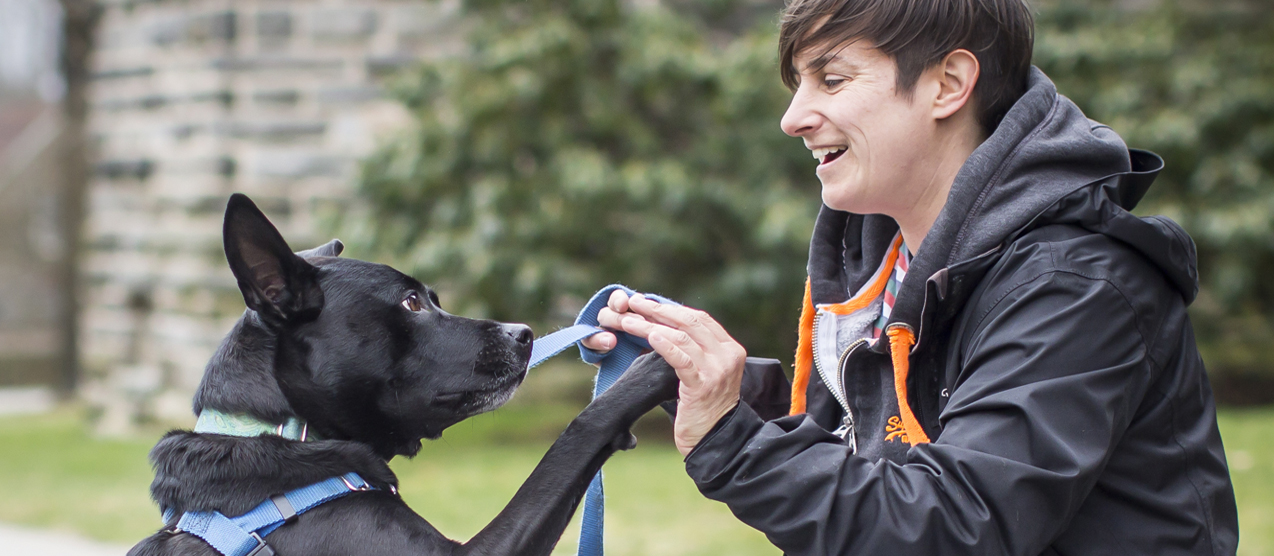
3. Stop waiting for a Necessity, Start Introducing Concepts Early
There are easy parts of pet life and there are hard parts. It’s tempting to delay even thinking about the hard stuff until it becomes a necessity. Long nails dragging on the floor or fur obstructing vision are not the cues you want to wait for before grooming your pet. Start doing these things - with positive reinforcement- before it's urgent and before it’s stressful. By starting early, you give yourself the chance to introduce potentially scary things in stages. Touch your cat or dog's paws gently and often while they are using a Lick Lick Pad. Let them get used to being touched in a sensitive spot before you ever introduce the clippers. And what’s a Lick Lick Pad? Exactly as it sounds-a silicone mini-mat that you spread soft treats or food upon, and your dog or cat can lick (hint: it even sticks to the side of a bathtub for stress-reducing bath time!). It stimulates mental health, aids digestion and can be calming during stressful moments, like nail clipping, or even thunder. When you later on go to trim their nails, the touch itself won’t be alarming. If you’re using tools that make noise, let your dog hear those sounds before you bring it close to them. This allows them to decide that the noise is not scary and that they are safe. Fear-Free tools can help introduce new concepts more gently, as well. Here are some of our personal favorites: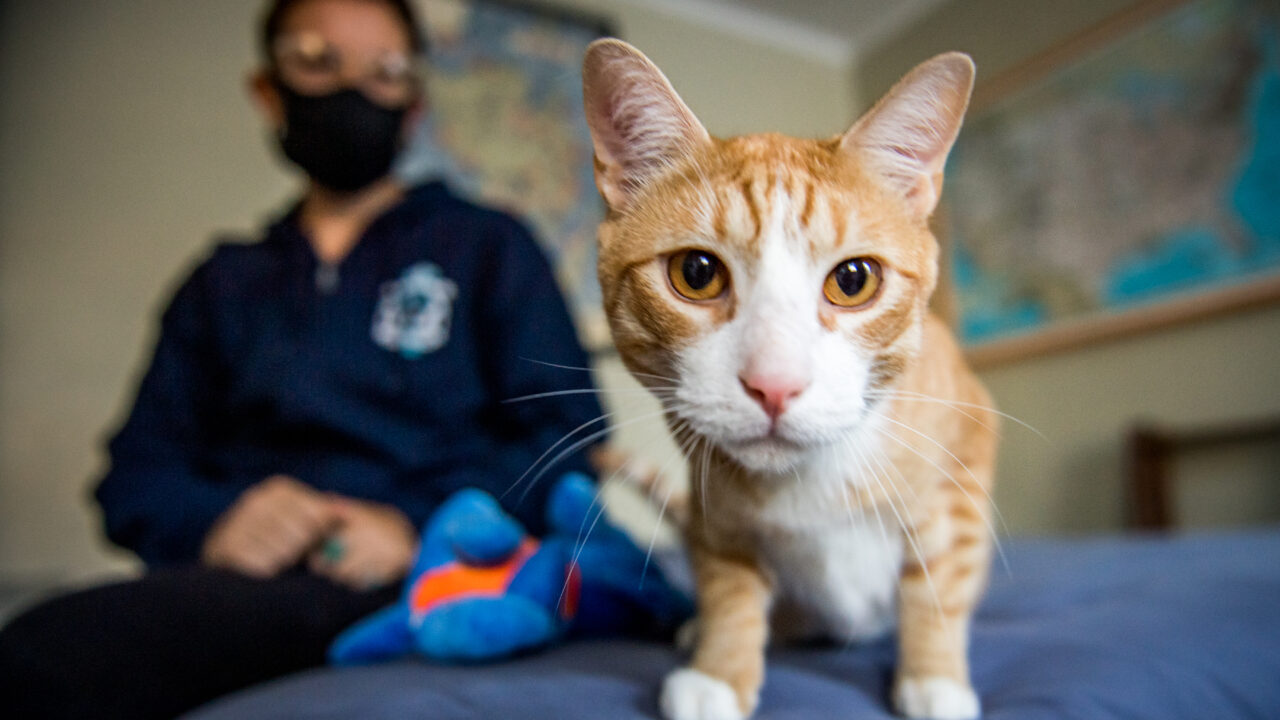
4. Stop Scruffing Your Cat, Start “Burrito”ing Your Cat
Okay, let’s face it. Everyone loves burritos, even your cat. Your cat loves burritos so much that secretly, they want to be a burrito. Maybe not all of the time-but at least when they’re scared. Scruffing is the term that refers to grabbing a cat by the back of their neck and, essentially, stunning them into submission. While this is thought to mimic how mother cats move their kittens, not only are we not mother cats, it is also how predators carry their prey and it is painful (and if you’ve been told it isn’t, whomever told you that is just wrong). It is also completely fear-inducing and a forceful way of dominating your pet in a way that does not foster a trusting relationship, nor does it engender a positive experience to relive the next time (think vet visits/needles). Instead, wrap them up like a little kitty burrito in a comfy, soft towel. As you wrap their body comfortably in a towel, perhaps even offer them treats they like simultaneously. Snuggle them all the way up to their face. Blanket cocoons make cats feel safe and perhaps even cozy. And it is safe for cats of all ages-and safer for you or whoever is handling them!
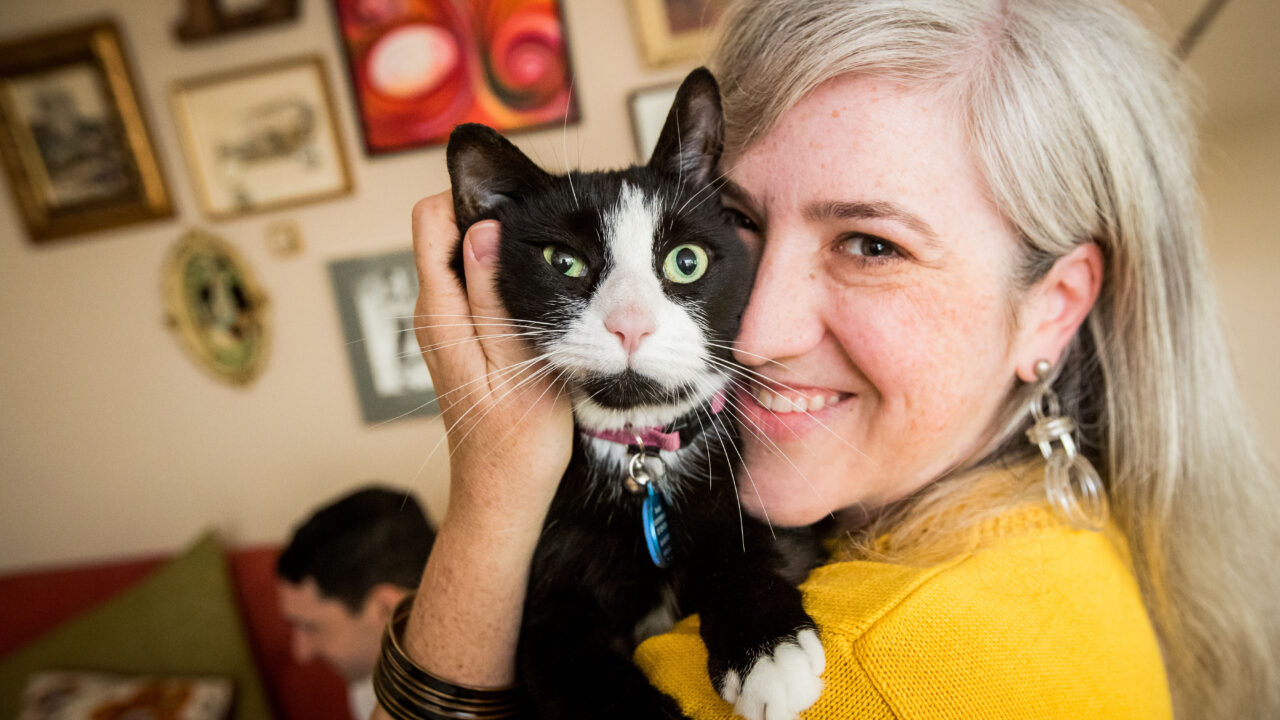
5. Stop Forcing Your Pet to Eat Food They Don’t Like, Start Trying New Food!
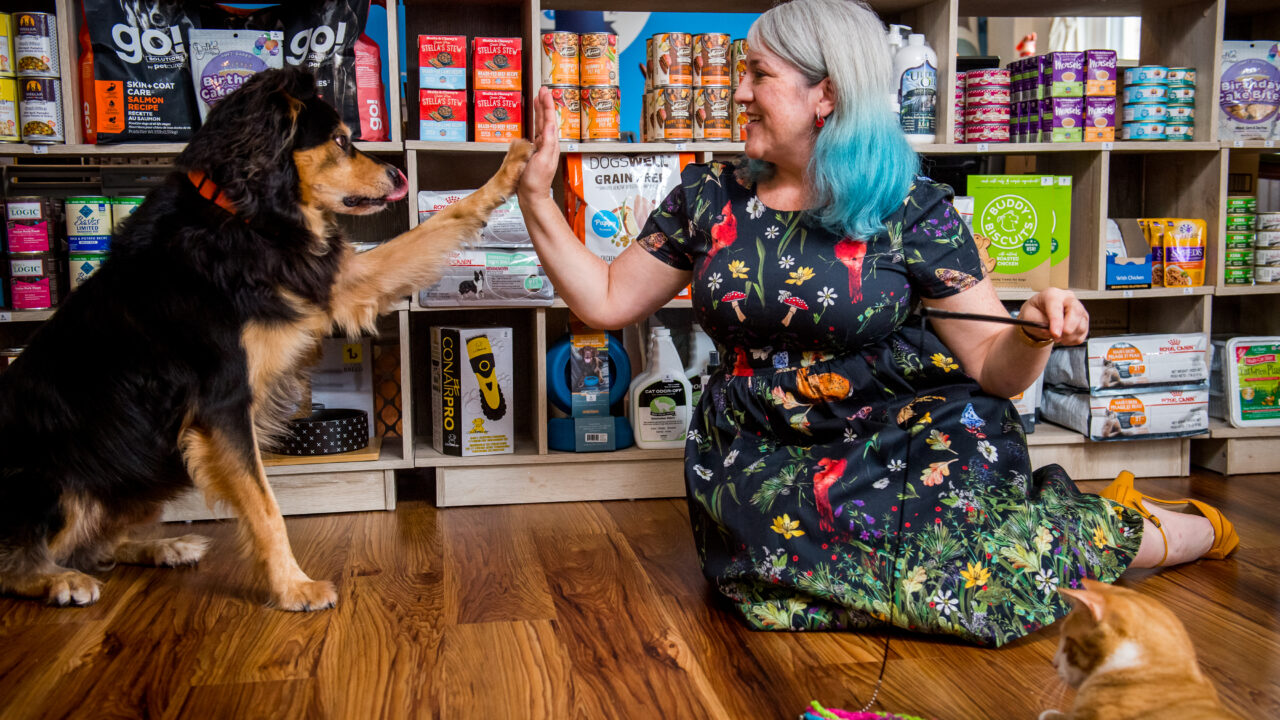 Cats, dogs, and perhaps even our small mammal friends usually get one to two meals a day as our companion animals. We have often been taught it’s ok that it’s the same exact food. Meanwhile, they’re watching you order a cheesesteak wit wiz from D’allasandro’s and wings from McMenamin’s multiple nights per week (oh wait, I mean a healthy salad…from….hm, nevermind). Pets can get proper, well-rounded nutrition and have tasty food. Help your pet find a food that they love! Buy small bags of food or have Queenie’s team make you up a mixed case of wet foods until you find the kind that your pet loves the most. Enjoy the learning process with your pet as you give them the chance to find the food that best suits their taste buds. What are some of the rotational diets we are currently feeding our own pets here at Team Queenie’s?
Cats, dogs, and perhaps even our small mammal friends usually get one to two meals a day as our companion animals. We have often been taught it’s ok that it’s the same exact food. Meanwhile, they’re watching you order a cheesesteak wit wiz from D’allasandro’s and wings from McMenamin’s multiple nights per week (oh wait, I mean a healthy salad…from….hm, nevermind). Pets can get proper, well-rounded nutrition and have tasty food. Help your pet find a food that they love! Buy small bags of food or have Queenie’s team make you up a mixed case of wet foods until you find the kind that your pet loves the most. Enjoy the learning process with your pet as you give them the chance to find the food that best suits their taste buds. What are some of the rotational diets we are currently feeding our own pets here at Team Queenie’s?
- Northwest Naturals raw, freeze-dried morsels
- Acana Beef & Pumpkin
- Farmina N&D Lamb & Blueberry Grain-Free Prime for Adult Cats
- Weruva Cirque de la Mer
- Farmina Senior Chicken & Pomegranate with Ancestral Grains
- Lotus Salmon pate
- Solid Gold Barking at the Moon
- Farmina N&D urinary formula with duck, quinoa, and cranberry for cats
You love your furry family, we know you do. The great thing about Fear-Free, Force-Free, and Stress-Free Pet Care is that you can begin at any time. It doesn’t matter how old your pet is or how old you are. It’s never too late to make adjustments that bring you and your beloved babes even closer together. By using these simple methods, you can begin your journey to an even happier pet, which of course will lead to an even happier you! Join Queenie’s PetsⓇ in Making the Lives of Pets and Their Humans BetterⓇ by becoming Force-Free!
At Queenie’s PetsⓇ, we support you and all of the pets that make up your family. We are here to answer any questions, provide you with the most helpful and useful tools and treats, and to celebrate any successes that you have on your Fear-Free journey!


